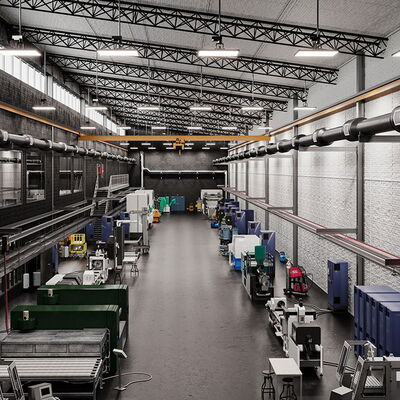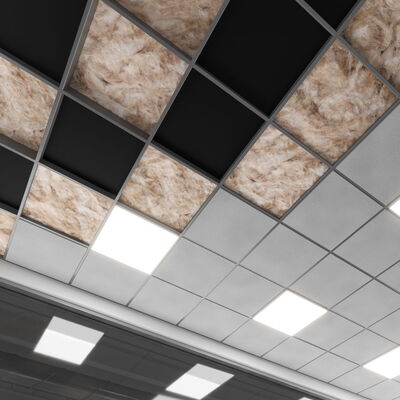- DDS Acoustical Specialties
- Applications
- Architectural
- Animal Clinics
Ensuring a Tranquil Environment
Noise control is an essential aspect of maintaining a calm and stress-free environment in vet and animal clinics. Noise control is crucial not only for the well-being of the animals but also for the comfort and efficiency of the veterinary staff.
Animal clinics are bustling environments filled with a variety of sounds, from barking dogs and meowing cats to the hum of medical equipment and the chatter of staff. These noises can create a stressful atmosphere for animals and humans alike. Effective noise control is vital for several reasons:
- Animal Welfare: Excessive noise can cause anxiety, stress, and behavioral issues in animals. A calm environment helps in the quicker recovery of sick or injured animals.
- Staff Well-being: Continuous exposure to high noise levels can lead to stress and fatigue among veterinary staff, impacting their performance and job satisfaction.
- Client Experience: Pet owners prefer clinics that provide a serene and professional atmosphere. Noise control enhances the overall experience for clients, making them more likely to return.
Reduces animal stress, enhances communication, ensures privacy, improves staff efficiency, and creates a welcoming, calm environment for clients.
Benefits of Animal Clinic Noise Control
- Stylish and Aesthetic
- Reduced Animal Stress
- Increased Privacy and Confidentiality
- Better Workflow Efficiency
- Positive Client Experience
Most Often Used Products

Fabric Wrapped Acoustic Panels
Great acoustics are essential in all public and private environments. Whether you're designing a quiet office, an inspiring classroom, or an immersive performance space, managing noise and controlling sound reflections is critical.

Acoustic Foam Baffles
Acoustic foam offers an affordable, flexible, and effective solution for managing echo, reverberation, and excess noise.

Sound Barrier Composite Panels
In environments with high levels of noise, especially where both sound transmission and reverberation are problems, using a single type of acoustic treatment often falls short.

Quiet Cap Ceiling Tile Covers
In commercial buildings and offices with open plenum ceilings, sound transmission through ceiling systems can lead to compromised speech privacy, poor acoustic comfort, and distracting noise from adjacent rooms.
Frequently Asked Questions
A:
Noise control creates a calmer environment for animals, reduces stress for staff and clients, and ensures clear communication during consultations and treatments.
A:
Common sources include barking or meowing, medical equipment, staff conversations, and external noises like traffic or construction. These can amplify in hard-surfaced spaces.
A:
Acoustic treatments minimize loud and sudden noises, creating a quieter environment that helps animals feel safer and more relaxed during their visit.
A:
Effective solutions include soundproofing walls, acoustic ceiling panels, and sound barriers to contain noise and reduce reverberation.
A:
Quieter spaces improve the clarity of conversations between veterinarians, staff, and pet owners, ensuring better understanding of diagnoses, treatments, and care instructions.
A:
Yes, a quieter environment helps staff focus better, communicate more effectively, and work efficiently, leading to improved overall patient care.
A:
Absolutely. Acoustic treatments are available in various designs and materials to fit the clinic’s layout and decor while effectively managing noise.

